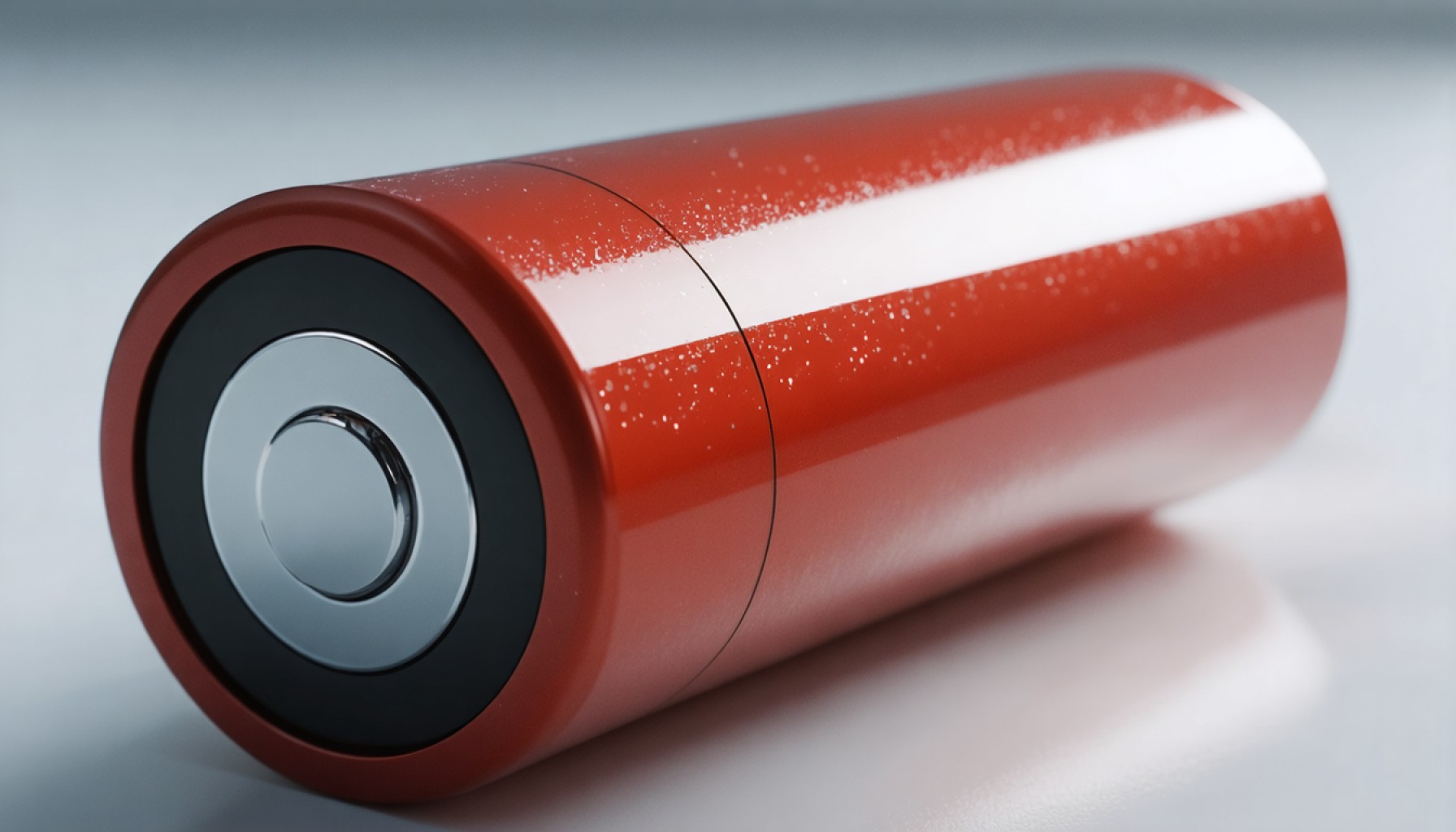- New Brunswick’s Battery Hill hosts one of North America’s largest manganese carbonate deposits, crucial for the EV industry.
- Manganese X Energy partners with C4V to develop advanced battery-grade manganese for EV applications through the Digital DNA Supply Chain Qualification Program.
- Key innovation: single-layer pouch cells exhibiting remarkable stability across over 700 charge cycles, with an aim of reaching 2,000 cycles.
- Success could lead to vital offtake agreements, securing local manganese supply for North American EV manufacturers.
- This initiative may reduce reliance on foreign materials, strengthen supply chains, and foster sustainable energy solutions.
- The project highlights a potential shift towards domestic resources, supporting environmental and economic goals.
- Battery Hill’s progress could significantly impact the future of the EV industry, positioning it as a critical catalyst for change.
Beneath the sprawling landscape of New Brunswick lies a treasure trove of manganese carbonate, a mineral holding the promise of transforming the electric vehicle (EV) industry as we know it. Recent developments at the Battery Hill project, one of North America’s most significant manganese deposits, might just shift the balance in favor of domestic energy solutions and bolster North America’s growing EV market.
As the demand for efficient and sustainable energy solutions escalates, the synergy between Manganese X Energy and the U.S.-based battery innovator C4V stands as a beacon of progress. Their collaboration—under the sophisticated Digital DNA Supply Chain Qualification Program—focuses on harnessing the potent potential of battery-grade manganese. The goal? To unveil a superior class of single-layer pouch cells designed explicitly for EV applications.
What strikes the heart of this scientific venture is the resilience of their test cells. Showcasing remarkable stability, these cells have successfully powered through over 700 charge cycles, a benchmark for reliability and performance. But the journey is just beginning. The meticulous tests continue, with the fateful 80% capacity retention mark serving as the next milestone. The finalists of this rigorous experiment will eventually undergo the ultimate endurance test of up to 2,000 charge cycles, further pushing the boundaries of manganese battery technology.
The implications of this initiative are far-reaching. Successfully reaching these milestones could lead to a critical offtake agreement—a binding contract ensuring that North American EV manufacturers have steady and local access to this pivotal battery component. Manganese X Energy’s ambition to become a cornerstone supplier in the North American energy landscape could catalyze a shift towards more sustainable, domestic resources for the burgeoning electric vehicle industry.
Bringing together innovation and resources, this partnership could reduce dependency on foreign materials, instill greater confidence in supply chains, and drive advancements that cater to escalating environmental needs. As global consciousness shifts towards cleaner and greener solutions, successes like these are more than just technical triumphs; they’re landmarks on the road to a more sustainable future.
As the tests surge forward with palpable success, the industry’s gaze is fixed firmly on Battery Hill, wondering if it’s about to uncover the energy solution we’ve all been waiting for. Could this be the tipping point that supercharges the EV revolution? Only time—and perhaps a few thousand more charge cycles—will tell.
The Hidden Power of Manganese: Could It Revolutionize Electric Vehicles?
Unveiling the Potential of Manganese Carbonate in EVs
The rich manganese carbonate deposits underneath New Brunswick, especially at the Battery Hill project, could significantly impact the electric vehicle (EV) industry. Here’s how this mineral could change the game and what it means for manufacturers, consumers, and the environment.
How Manganese Can Transform the EV Industry
1. Superior Battery Performance:
Manganese X Energy’s collaboration with C4V has birthed single-layer pouch cells tailored for EVs, which boast over 700 charge cycles and aim to achieve over 2,000. This leap in battery lifespan promises longer-lasting EVs, reducing the frequency and cost of battery replacements ([source](https://www.irw-press.com/en/news/manganese-x-energy-provides-corporate-update_69385.html?isin=CA56348D1069)).
2. Enhanced Supply Chain Reliability:
The initiative could lead to critical offtake agreements ensuring a stable, local supply of manganese. This reliability reduces North America’s dependency on foreign raw materials, thereby strengthening supply chains, improving national security, and safeguarding against global supply disruptions.
Real-World Applications and Industry Trends
1. Increased EV Adoption:
With more durable batteries, consumers might feel more comfortable transitioning from traditional vehicles to EVs. Better battery technology could accelerate the adoption of electric vehicles, supporting environmental goals ([source](https://www.manganesexenergycorp.com/)).
2. Market Forecasts:
According to a report by Bloomberg New Energy Finance, the demand for manganese in battery production is expected to grow significantly, potentially boosting its market value exponentially over the next decade.
Challenges and Limitations
1. Exploration and Extraction Controversies:
Despite the potential benefits, mining practices could face scrutiny over environmental concerns. Sustainable mining techniques would need to be prioritized to avoid ecological damage.
2. Technological Barriers:
Reaching the 2,000-charge cycle milestone involves overcoming various technical challenges. Continuous innovation and research are essential to keep up with these hurdles.
Pros and Cons Overview
Pros:
– Improved battery longevity.
– Stable local supply chains.
– Increased EV market competitiveness.
– Reduced dependency on foreign imports.
Cons:
– Environmental impact of mining.
– High initial development cost.
– Technological challenges in achieving high charge cycles.
Actionable Recommendations
– For Manufacturers: Embrace new battery technologies and aim to incorporate sustainably sourced manganese in your supply chains.
– For Consumers: Look for EVs with enhanced battery warranties or certifications indicating the use of sustainable resources.
– For Investors: Keep an eye on companies like Manganese X Energy and C4V as potential key players in the burgeoning green tech space.
Quick Tips
– Stay Informed: Regularly check industry reports and studies for the latest technological innovations in EV batteries.
– Focus on Sustainability: Advocate for and support companies with a clear commitment to sustainable mining and energy practices.
For more insights into how minerals like manganese are reshaping technology and industry, visit Manganese X Energy or IRW Press News.
